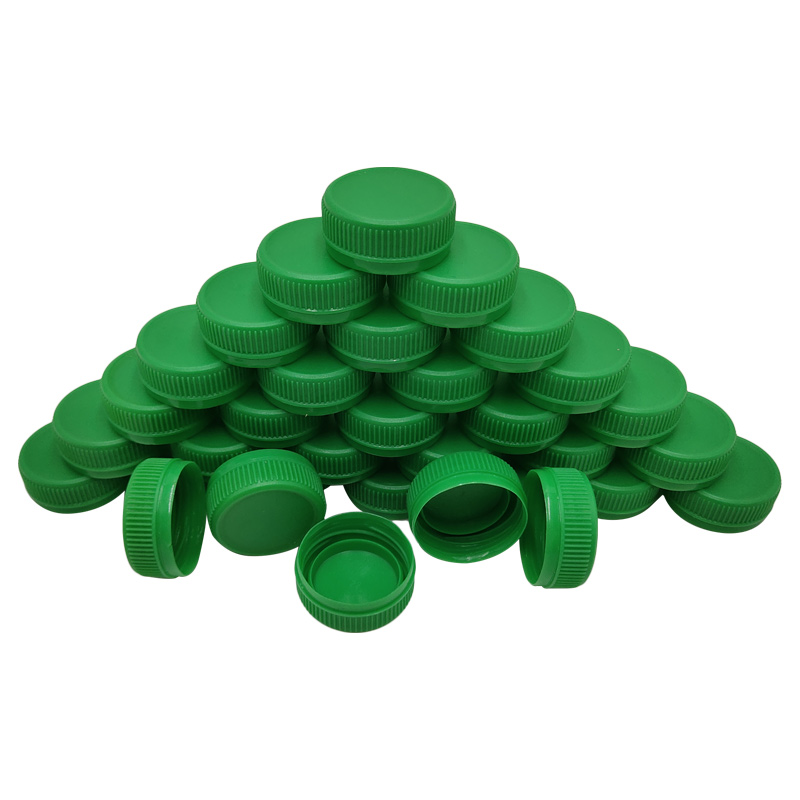Plastic bottle caps are a ubiquitous part of modern packaging, found on everything from water bottles to soda cans to shampoo bottles. They are a small but important component of the packaging process, providing a tight seal that helps to keep the contents fresh and safe. In this article, we will explore the history of plastic bottle caps, their manufacturing process, and their environmental impact.

The first bottle caps were made of cork or metal, and they were difficult to remove without a bottle opener. In the 1960s, plastic bottle caps were introduced as a more convenient alternative. These caps could be easily twisted off by hand, and they provided a better seal than cork or metal caps.
Today, plastic bottle caps are made from a variety of materials, including polypropylene, polyethylene, and PET. They are designed to fit tightly on the bottle, creating an airtight seal that prevents the contents from leaking or spoiling. Some caps are also designed to be tamper-evident, with a seal that breaks when the cap is first opened.
Plastic bottle caps are typically manufactured using injection molding, a process in which molten plastic is injected into a mold and then cooled to form a solid part. The process begins with the raw plastic material, which is usually in the form of pellets. These pellets are melted in a machine called an extruder, which heats the plastic to a specific temperature and then forces it through a small opening to create a long, continuous strand.
The plastic strand is then cooled and cut into small pellets, which are fed into the injection molding machine. The machine melts the pellets and injects them into a mold, which is usually made of steel or aluminum. The mold is then cooled to solidify the plastic, and the finished part is ejected from the machine.
